2011
Anifantis, E.; Karyotis, V.; Papavassiliou, S.
Time-based cross-layer adaptations in wireless cognitive radio ad hoc networks Conference
Corfu, 2011, ISSN: 15301346, (cited By 4; Conference of 16th IEEE Symposium on Computers and Communications, ISCC'11 ; Conference Date: 28 June 2011 Through 1 July 2011; Conference Code:86395).
Abstract | Links | BibTeX | Tags: Computer simulation; Cost benefit analysis; Decision theory; Flow rate; Learning algorithms; Markov processes; Network performance; Optimization; Radio, Wireless ad hoc networks
@conference{Anifantis20111044,
title = {Time-based cross-layer adaptations in wireless cognitive radio ad hoc networks},
author = {E. Anifantis and V. Karyotis and S. Papavassiliou},
url = {https://www.scopus.com/inward/record.uri?eid=2-s2.0-80052767331&doi=10.1109%2fISCC.2011.5983980&partnerID=40&md5=925f8322af534b652bdaf193a6214697},
doi = {10.1109/ISCC.2011.5983980},
issn = {15301346},
year = {2011},
date = {2011-01-01},
journal = {Proceedings - IEEE Symposium on Computers and Communications},
pages = {1044-1049},
address = {Corfu},
abstract = {Secondary ad hoc users of Cognitive Radio networks experience constant fluctuations of their link quality due to dynamic traffic behavior of their primary network counterparts. Several cognitive-aware MAC and routing protocols have been proposed in order to counterfeit properly such spectrum variations. In this paper, we introduce a vertical time-based control mechanism in the traditional protocol stack, aiming at properly balancing the inherent trade-off between instant local adaptations at MAC layer, against slower, but more globally aware rerouting reaction mechanisms. Based on localized and independent node decisions, an optimal feedback policy is proposed in order to exploit the most appropriate protocol layer in each case and provide per link channel assignments, such that flow rate requirements are satisfied with the least cost. We use Markov theory to examine the coexistence of primary and secondary networks, while the optimal decision policy is derived via a Markov Decision Process (MDP) and linear programming. Analysis and simulations are used for performance evaluation and together they confirm that the proposed time-based cross-layer feedback strategy contributes to higher network performance regarding flow rate requirements, sensing and rerouting costs. © 2011 IEEE.},
note = {cited By 4; Conference of 16th IEEE Symposium on Computers and Communications, ISCC'11 ; Conference Date: 28 June 2011 Through 1 July 2011; Conference Code:86395},
keywords = {Computer simulation; Cost benefit analysis; Decision theory; Flow rate; Learning algorithms; Markov processes; Network performance; Optimization; Radio, Wireless ad hoc networks},
pubstate = {published},
tppubtype = {conference}
}
Secondary ad hoc users of Cognitive Radio networks experience constant fluctuations of their link quality due to dynamic traffic behavior of their primary network counterparts. Several cognitive-aware MAC and routing protocols have been proposed in order to counterfeit properly such spectrum variations. In this paper, we introduce a vertical time-based control mechanism in the traditional protocol stack, aiming at properly balancing the inherent trade-off between instant local adaptations at MAC layer, against slower, but more globally aware rerouting reaction mechanisms. Based on localized and independent node decisions, an optimal feedback policy is proposed in order to exploit the most appropriate protocol layer in each case and provide per link channel assignments, such that flow rate requirements are satisfied with the least cost. We use Markov theory to examine the coexistence of primary and secondary networks, while the optimal decision policy is derived via a Markov Decision Process (MDP) and linear programming. Analysis and simulations are used for performance evaluation and together they confirm that the proposed time-based cross-layer feedback strategy contributes to higher network performance regarding flow rate requirements, sensing and rerouting costs. © 2011 IEEE.
